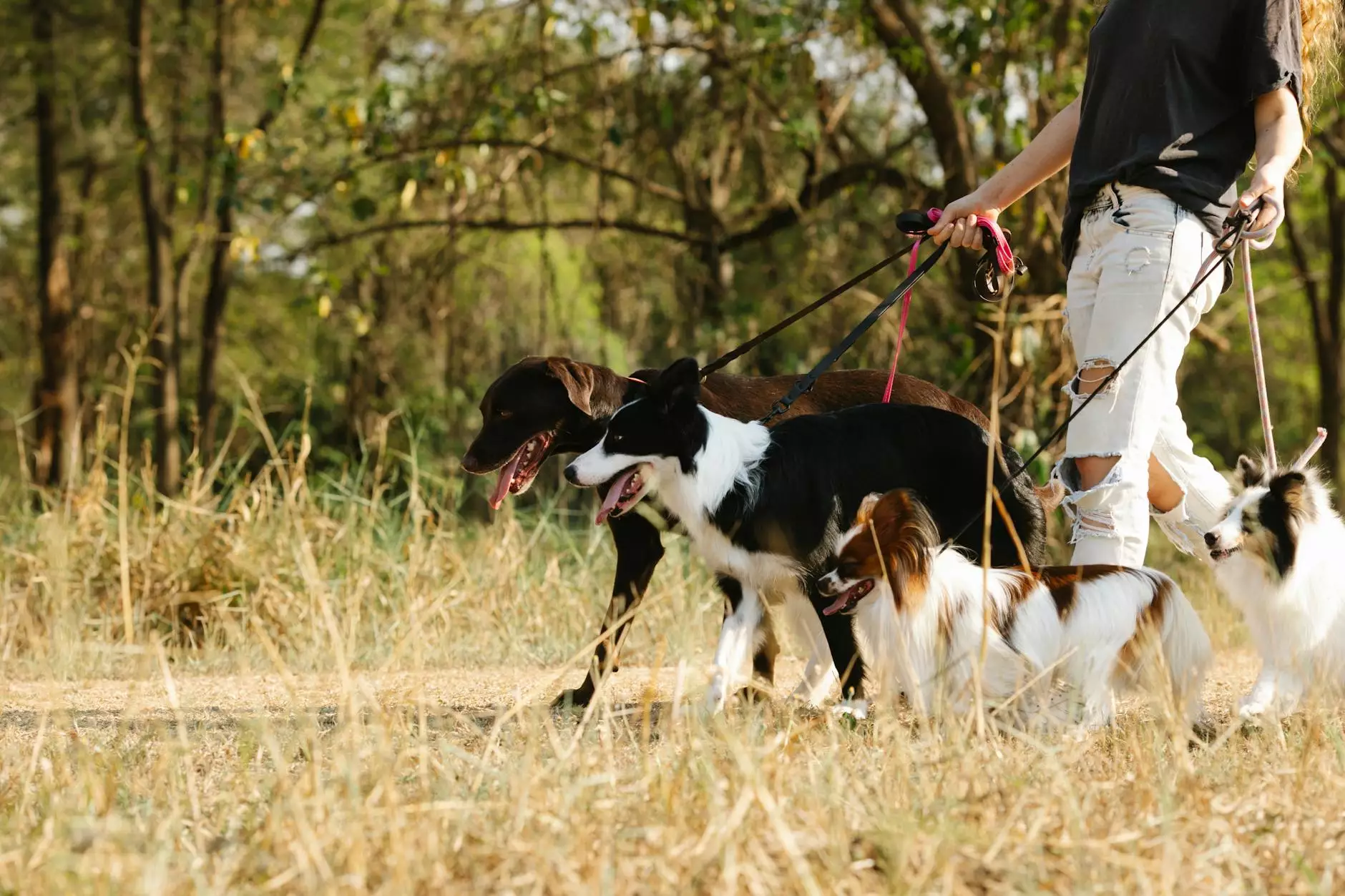How to Train a Herding Dog: Common Problems and Techniques

Welcome to seostudios, your ultimate guide to mastering the art of training herding dogs. In this comprehensive resource, we will delve into proven techniques for training your herding dog effectively, addressing common behavior problems, and fostering a harmonious relationship with your canine companion.
Understanding Herding Dog Behavior
Before embarking on a training journey with your herding dog, it is crucial to understand the unique behavioral traits that define this breed. Herding dogs, such as Border Collies, Australian Shepherds, and German Shepherds, are known for their intelligence, agility, and strong work ethic.
Common Behavior Problems
Herding dogs, due to their innate herding instincts, may exhibit certain behavior problems that require careful attention and training. Some common issues you may encounter include:
- Excessive Barking: Herding dogs tend to vocalize to control their flock. Proper training can help manage excessive barking.
- Chasing Behavior: Herding dogs may chase moving objects, including cars and bikes. Training can redirect this instinctual behavior.
- Herding Instincts: Your herding dog may attempt to herd family members or other pets. Training is essential to channel this instinct appropriately.
- Separation Anxiety: Herding dogs are known for their loyalty and may experience separation anxiety when left alone. Training and desensitization techniques can help address this issue.
Effective Training Techniques
Training a herding dog requires patience, consistency, and positive reinforcement. Here are some techniques to help you train your herding dog effectively:
1. Positive Reinforcement
Use rewards such as treats, praise, and play to reinforce desired behaviors in your herding dog. Positive reinforcement is a powerful tool in shaping your dog's behavior.
2. Consistent Training Schedule
Establish a consistent training schedule to provide structure and routine for your herding dog. Regular training sessions can help reinforce learning and improve obedience.
3. Socialization
Expose your herding dog to various environments, people, and animals to promote socialization and prevent behavioral issues such as aggression or fearfulness.
4. Mental Stimulation
Herding dogs are highly intelligent and require mental stimulation to prevent boredom and destructive behavior. Incorporate puzzle toys, interactive games, and training exercises to keep your dog engaged.
5. Consistent Feedback
Provide clear and consistent feedback to your herding dog during training sessions. Use verbal cues, hand signals, and body language to communicate effectively with your canine companion.
Fostering a Strong Bond
Training a herding dog is not just about addressing behavior problems; it is also an opportunity to strengthen the bond between you and your furry friend. By investing time and effort into training, you can build trust, mutual respect, and a lifelong partnership with your herding dog.
Professional Guidance
If you encounter challenges or need expert assistance in training your herding dog, consider seeking professional help from certified dog trainers or behaviorists. These professionals can offer tailored training solutions and guidance to address specific behavior issues.
At seostudios, we are dedicated to providing valuable insights and resources to help you train your herding dog effectively. Our team of experts is passionate about promoting positive training techniques and enhancing the bond between you and your canine companion.
For more information on herding dog training and behavior tips, stay tuned to seostudios for regular updates and expert advice.









